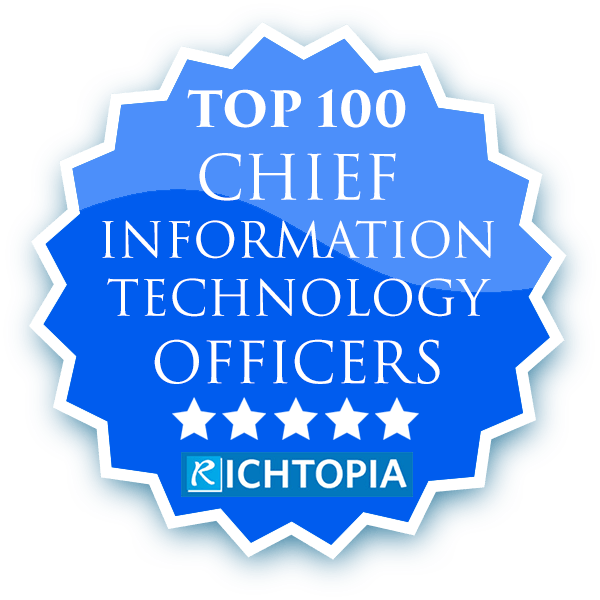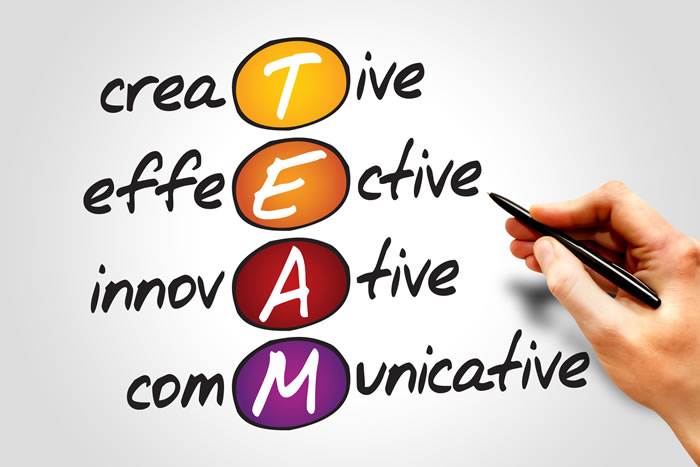We’ve all been there: showed up to a meeting at work at the suggested time, only to be met with the blank stares of a few other employees waiting around a table with some stale doughnuts in the center. The boss shows up five minutes late in a tizzy with his coffee and a bunch of loose papers. He talks at you, you listen and don’t ad anything because you just want to get out of there, the meeting convenes and everyone goes on his or her way. Sound productive? Nope. Here’s how to run an effective meeting.
Run an Effective Meeting
Sadly, though, this is an all-too-real example of how meetings go in the workplace. Mandatory meetings that no one wants to attend or participate in can be very draining not only on the employees but on the boss as well. Such meetings take away from real productivity, interrupting thought processes and causing a gap in the day that could otherwise be spent better solo. However, when meetings have real purpose and are handle effectively, the results can be positive, engaging and worthwhile.
So, as the leader or meeting organizer, how can you run a more effective meeting that everyone will show up to, ready to listen and participate? In general, it’s a good idea to prepare a standard agenda template to help people come prepared, stay on task, and document action items.
Establish Clear Objectives
Send out an email to participants 24 hours in advance. Don’t just list the time and location of the meeting; give it a specific and defined purpose with clear objectives that spell out exactly what you hope to accomplish, says Forbes. Vague meetings are not a good use of time. Encourage your team members to come prepared to discuss the issue. This puts control in their hands so they feel part of the solution.
Invite the Core Group
No one likes to be invited to a meeting, disrupting their busy day, if they’re not integral to the matter at hand. Invite only the people who have to be there, who can offer insight into the problem and come up with a solution. Don’t invite those who are not qualified to addressed the issue or who lack the skills to be of any real assistance. Relevancy is key here, or else you’re wasting people’s time.
Come up with a Schedule and Stick to It
If time allows, email a brief outline of the meeting to participants beforehand. During the meeting, use visual aids, such as the whiteboard, to illustrate your outline to keep people’s attention. Creating such an agenda will help you stay focused yourself to stay on track and cover what you want to within a certain timeline dedicated to each line item.
Follow Up with Action Items
Perhaps the one thing that makes meetings so ineffective is that afterwards, everyone goes their separate ways and forgets what they’re supposed to do. That’s why you should email a memo outlining what was discussed at the meeting, what solutions were formed, and who is responsible for following through on what tasks. Do this right away, or at least within 24 hours of the meeting so everyone is on the same page. Being clear in these action items will ensure the tasks discussed actually get done, and that everyone is responsible for a small part of the solution.
In summary, here’s a quick takeaway of tips for running an effective meeting:
- Show up five minutes early
- Begin the meeting on time
- Stay on topic
- Follow a clear agenda
- No comments on the side that are irrelevant to the topic
- Don’t interrupt
- Impose time limits on how long each person has the floor
- Tell participants to leave their phones and tablets behind
- Challenge ideas; not people
- Encourage people to participate
- End on time
- Email agenda 24 hours ahead of time
- Email results of meeting within 24 hours with action items










